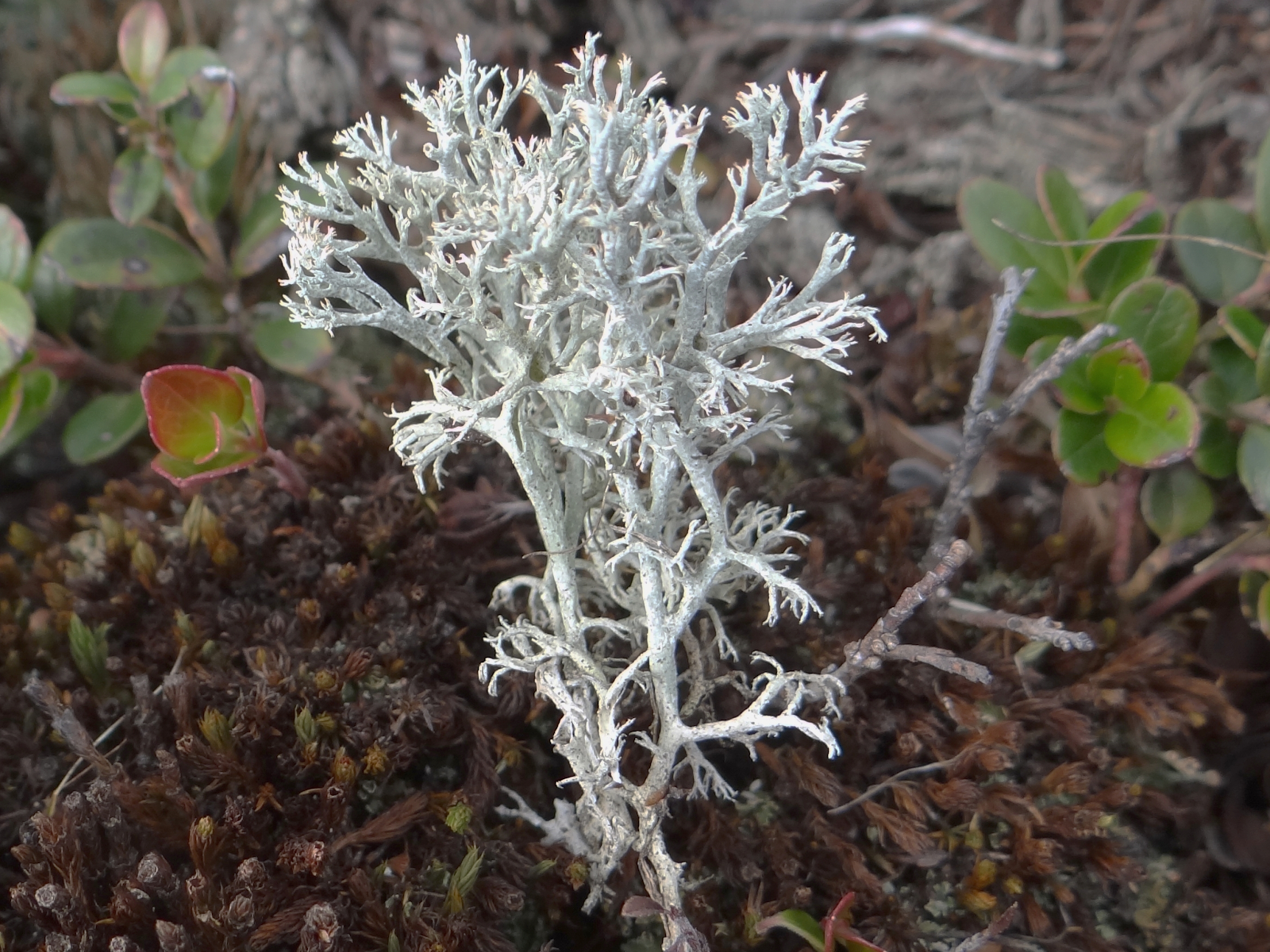Black Rock Moss (Andreaea rupestris)
Mosses are non-flowering plants that typically form mats or cushion-shaped clumps. Despite their small size, they are remarkably resilient plants. They are able to grow in a wide range of habitats, from woodland to deserts, and are found on every continent including Antarctica.
Mosses have thin leaves that usually spiral around slender, wiry stems, and they reproduce by scattering spores. Like liverworts, they need moist conditions to grow. They can be extremely abundant in habitats that are always damp, and some species - particularly sphagnum mosses - form extensive blankets, dominating the ground in cold parts of the world. Others, however, are able to remain dormant during droughts. They look grey and lifeless, but become green again within minutes if it rains.
Mosses have a two stage life cycle - a feature shared by all other plants. In mosses, the dominant stage is the gametophyte, which produces male and female cells. After the female cells are fertilized, they produce the spore forming stages or sporophytes, which remain attached to the parent plant. Most moss sporophytes have a capsule on the end of a long stalk. Once ripe - a process that can take many months - the capsule splits open, releasing up to 50 million spores in the air.
Because moss spores are so small and light, they are carried great distances by the slightest breeze. This makes mosses very good at dispersing and enables them to colonize all kinds of micro-environments, from crevices in the bark of trees to damp walls and roofs.
It looks like a moss but it's not a moss!!!!!!
Several plants commonly known as mosses do not belong to this group. Clubmosses are more complex than true mosses, and have more robust stem and leaves. Living species are typically less than 50 cm high, but in prehistoric times, clubmosses included tree-like forms up to 40 m high.
Other moss lookalikes include reindeer moss - actually a form of lichen - and Spanish moss, a flowering plant in the bromeliad family, that grows festooned on trees.
Reindeer Moss Spanish Moss
References:
- Clubmoss Image: https://www.britannica.com/plant/club-moss
- Reindeer moss Image: https://www.nutra-be.it/muschio-renna-cladonia-rangiferina/
- Spanish moss Image: https://rain-forest-flora.com/product/spanish-moss-el-normal/
- Black Rock Moss Image: https://en.wikipedia.org/wiki/Andreaea_rupestris#/media/File:Andreaea_rupestris_(b,_150028-481738)_3744.JPG








Comments
Post a Comment